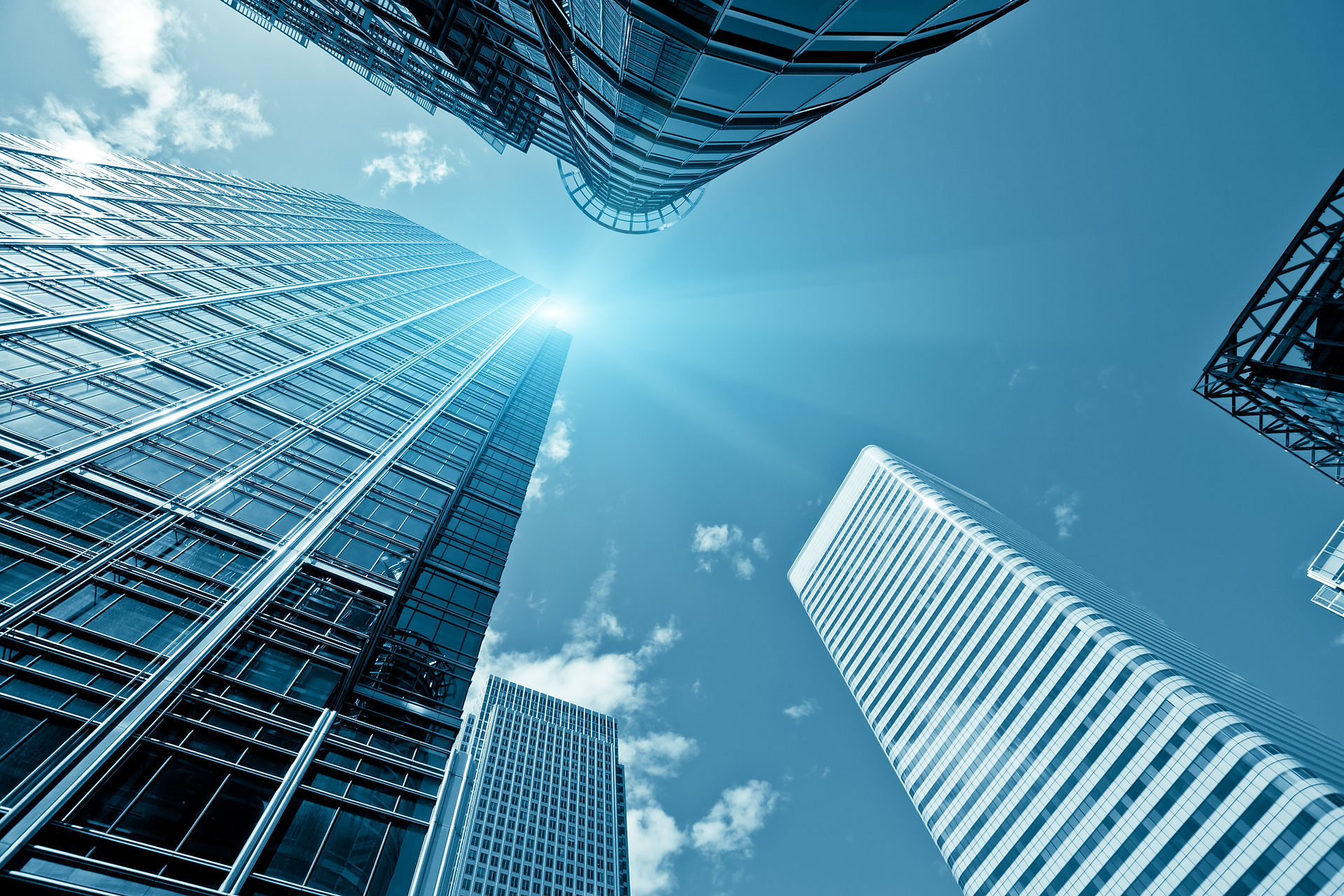Discover how interest rates can boost or sink the economy
- Alexis Gonzalez
- Oct 20, 2022
- 4 min read
Updated: Feb 19, 2023
In February 2020, the US economy was in good health. Unemployment was low, the stock market was high, and everything seemed to be going well. Then came the coronavirus pandemic. Millions of people lost their jobs, businesses closed, and the economy contracted. It was a scary time.
With the economy at risk of deflating completely, help arrived quickly. The Federal Reserve injected money, the White House and Congress offered trillions of dollars to help families and businesses, and companies began to reopen and hire workers again.
By early 2021, it seemed that all of these things had saved the day. The country, everyone thought, had returned to normal. Millions of Americans were vaccinated and felt safe. Kids were back in school. Sports leagues were reopening. The scariest days of the pandemic seemed to be behind us.

The problem was that the economy was actually growing too fast.
People were spending more money than anyone expected, buying furniture, cars, homes, and groceries. This made everything more expensive. It was difficult to supply all the things people wanted to buy as fast as they wanted to buy them, so prices went up.
Sometimes when prices go up, people stop spending money because they think it's too expensive. But this time, something strange happened. They bought more. And more. And more. This made prices go up. And higher. And higher.
How the economy works
Although the economy may seem complex, it operates in a simple and mechanical way. It consists of a few parts and many simple transactions that are repeated a million times over.
An economy is simply the sum of the transactions that make it up, and a transaction is something very simple. You make transactions all the time. Every time you buy something, you create a transaction. Each transaction consists of a buyer exchanging money or credit with a seller for goods, services, or financial assets.
Credit is spent like money, so by adding up the money spent and the amount of credit spent, you can know the total spending. The total amount of spending drives the economy. If you divide the amount spent by the amount sold, you get the price.
And that's it. That's a transaction. Money spent (in cash) + Credit spent.
It's the building block of the economic machine. All cycles and all forces of an economy are driven by transactions. So, if we can understand transactions, we can understand the entire economy.
A market is made up of all the buyers and all the sellers who transact for the same type of good or service. For example, there is a wheat market, a car market, a stock market, and markets for millions of things.
An economy consists of all the transactions in all its markets. If you add up the total spending and the total amount sold in all the markets, you have everything you need to know to understand the economy. It's that simple. People, businesses, banks, and governments engage in transactions in the way just described: they exchange money and credit for goods, services, and financial assets.
The biggest buyer and seller is the government, which consists of two important parts:
Central government: which collects taxes and spends money
and a Central Bank: which is different from other buyers and sellers because it controls the amount of money and credit in the economy.

It does so by influencing interest rates and printing new money. For these reasons, as we will see, the Central Bank is an important player in the flow of credit. Credit is the most important part of the economy and probably the least understood. It is the most important part because it is the largest and most volatile.
Just as buyers and sellers come to the market to make transactions, so do lenders and borrowers. Lenders typically want to turn their money into more money and borrowers typically want to buy something they cannot afford, such as a house or a car, or they want to invest in something like starting a business.
Credit can help both lenders and borrowers get what they want. Borrowers promise to repay the amount they borrow, called the principal, plus an additional amount called interest.
When interest rates are high, there are fewer loans because it is expensive. When interest rates are low, borrowing increases because it is cheaper.
When borrowers promise to pay and lenders believe them, credit is created. Two people can agree to create credit out of nothing!
That seems pretty straightforward, but credit is complicated because it has different names. As soon as credit is created, it immediately becomes debt. Debt is both an asset for the lender and a liability for the borrower.
In the future, when the borrower repays the loan, plus interest, the asset and liability disappear and the transaction is settled.
So why is credit so important? Because when a borrower receives credit, they are able to increase their spending. And remember, spending drives the economy.
This is because one person's spending is another person's income.
Think about it, every dollar you spend, someone else earns, and every dollar you earn, someone else has spent. So when you spend more, someone else earns more.
If you wish to learn more, review the content of our blog and review our training options.
You can read our Disclaimer.


Comments